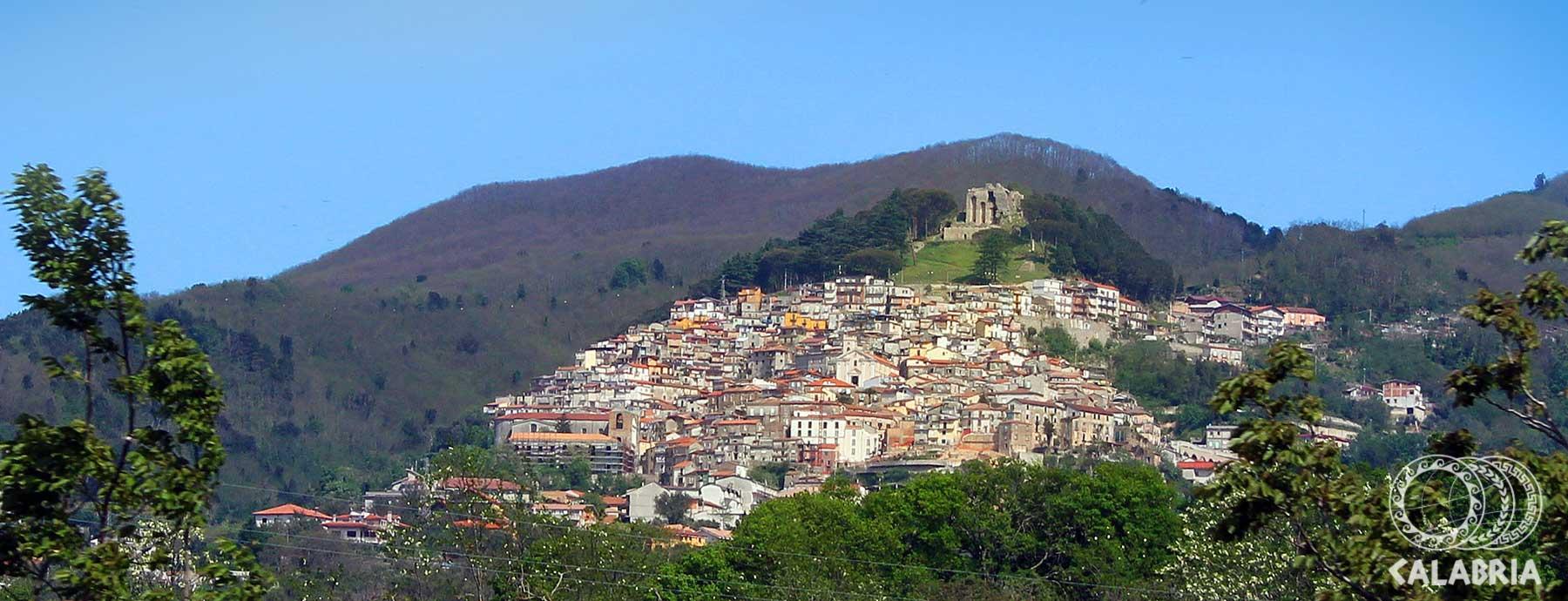Between Norman splendour and evocative landscapes

Cultural historian
Travel information
Category
Cultural historian
Target
Calabria offers evidence of a warlike past in the powerful walls of the castles that border the region along the coast and inland, fortifications built to defend against frequent foreign incursions and then becoming monuments to architecture and beauty.
Byzantine and medieval castles, rich in history and culture but also in legends and myths, hidden among the stones of the buildings that have remained standing to defy time, now as then. Ancient vestiges of proud and proud peoples, artistic receptacles under the open sky, Calabria's castles defy in majesty the cliffs that host them and add charm to the surrounding landscape.
The castles in the Reggio area offered shelter to populations fleeing from overseas pirates and constituted a necessary reference point for the development of culture in periods of great historical turmoil.
The itinerary is suitable for everyone and can be covered by car in all seasons.
Food tips
The area's best-known product is the legendary Greco di Gerace, a 17° liqueur wine made from Greek grapes and produced in limited quantities. The story goes that the Greeks offered it as a sign of hospitality, combined with honey.
Greco di Gerace is obtained from pure Greco di Bianco grapes, from vineyards located in Gerace. It is characterised by notes of pastry, from panettone with candied fruit to marzipan, pleasant hints of medicinal herbs, and a finish of bitter almond, typical of the area, which gives it pleasantness and a desire for a second taste.

Norman Castle

Gerace Castle



